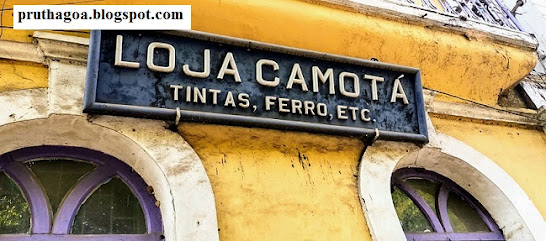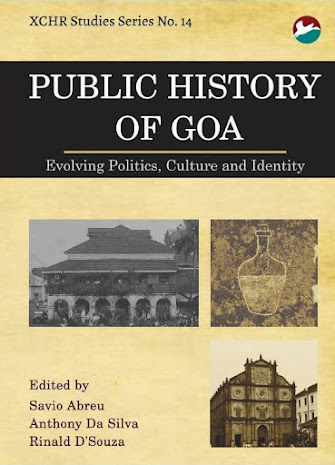Panjim through Its Signage

A walk around Panjim city with Vishal Rawlley revealed the city in a different light, one never envisioned. As a citizen, one can become jaded in the approach to one’s own heritage, only because it is what we see on a daily basis. We walk through the city without taking in the subtle signs of Goa’s past dispersed all over. Vishal Rawlley is a man of versatility: a graphic and web designer, documentary filmmaker, illustrator, storyboard artist for feature films and so on. He says, ‘I grew up in a small town in Orissa, and cities were a fascinating place. You know, everyone wants to go to the big city… I studied filmmaking and made a lot of documentaries on urban culture, cities and city communities.’ Vishal, who spent 15 years in Mumbai, was involved in a project called TyPoCiTy, documenting and categorising typefaces in the city of Mumbai in view of graphic design and social importance. This project was the result of a research fellowship received by Vishal Rawlley and Kurnal Rawat f





.jpg)